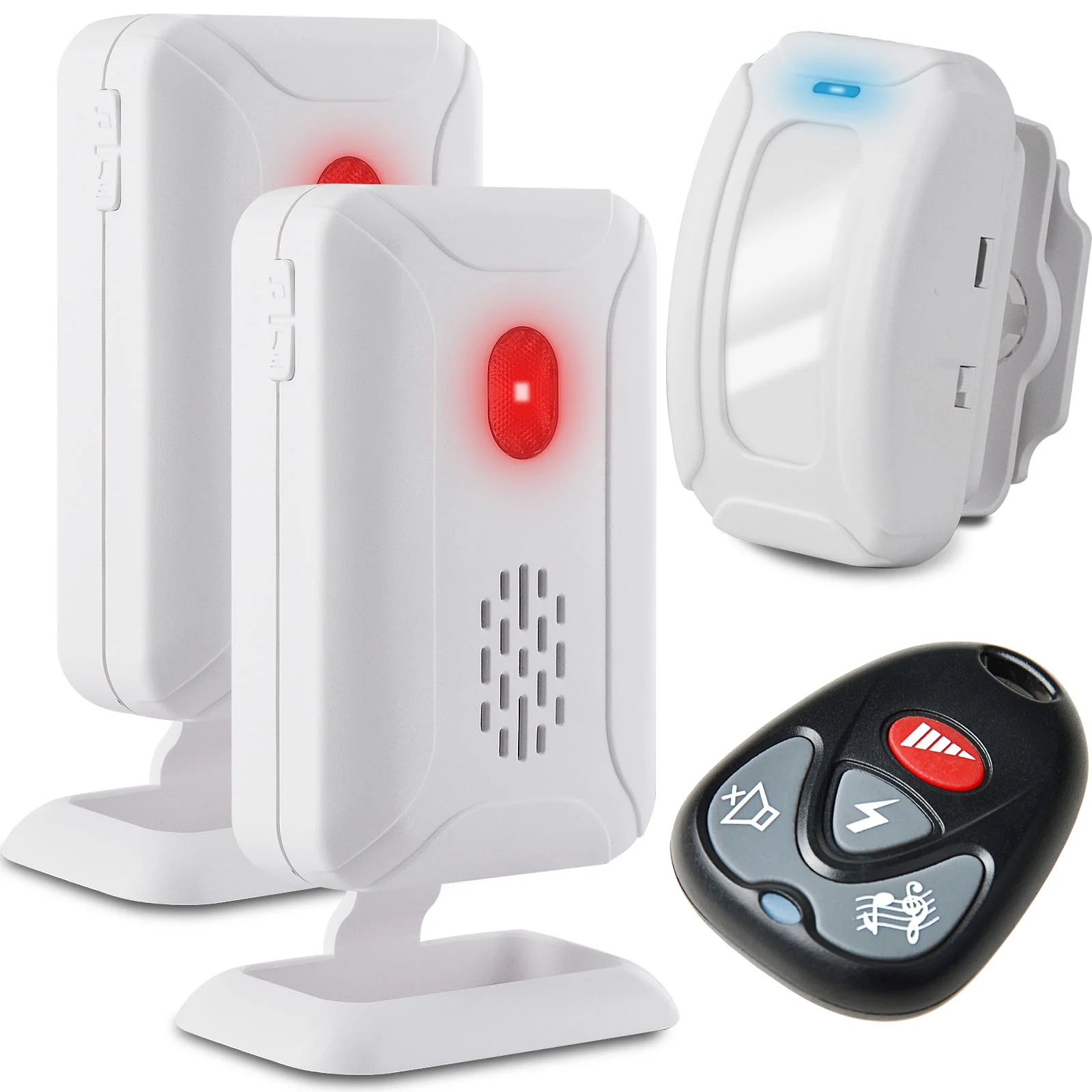In an era where security concerns permeate every facet of our lives, from personal safety to national defense, the demand for innovative and effective security solutions has never been higher.
Among these solutions, handheld security detectors have emerged as indispensable tools for law enforcement, security personnel, and even everyday citizens concerned about their safety.
Compact, versatile, and powerful, these devices pack a punch in safeguarding against various threats.
This article delves into the realm of handheld security detectors, exploring their functionality, applications, and the role they play in enhancing security across different domains.
Understanding Handheld Security Detectors
Handheld security detectors, often referred to as portable scanners or security wands, are compact electronic devices designed to detect concealed objects or substances.
Utilizing various technologies such as metal detection, X-ray imaging, and chemical sensing, these devices can identify potential threats quickly and accurately.
Initially developed for use in security checkpoints at airports, government buildings, and events, handheld security detectors have evolved to cater to diverse applications, including law enforcement, border control, and even non-security-related fields like archaeology and construction.
Functionality and Components
The functionality of handheld security detectors varies depending on their intended use and the technologies they employ.
However, most handheld detectors share common components and operating principles. At the core of these devices is a sensor system capable of detecting specific types of threats, such as metallic objects, explosives, or narcotics.
This sensor system is often complemented by a signal processing unit, which analyzes the sensor data and alerts the user to the presence of suspicious items.
Additionally, handheld detectors typically feature ergonomic handles, intuitive controls, and lightweight designs for ease of use and portability.
Types of Handheld Security Detectors
Handheld security detectors come in a variety of types, each tailored to address specific security challenges.
Metal detectors, perhaps the most common type, utilize electromagnetic fields to detect metallic objects concealed on a person’s body or within belongings.
These detectors are widely used in airports, schools, and public venues to screen individuals for weapons and prohibited items.
Another type of handheld detector is the chemical or substance detector, which employs technologies such as ion mobility spectrometry (IMS) or mass spectrometry (MS) to identify explosives, drugs, or other illicit substances.
These detectors are indispensable tools for law enforcement agencies and border control authorities in combating drug trafficking and terrorism.
Applications and Use Cases
The applications of handheld security detectors span across various industries and sectors, reflecting their versatility and effectiveness in addressing security threats.
In law enforcement, these devices are used for routine patrols, vehicle inspections, and crime scene investigations, enabling officers to detect concealed weapons, drugs, and other contraband quickly.
Similarly, security personnel at airports and transportation hubs rely on handheld detectors to screen passengers and luggage for prohibited items, ensuring the safety of travelers and preventing potential threats to aviation security.
Moreover, handheld security detectors find applications in specialized fields such as archaeology and geology, where they are used to locate buried artifacts or geological deposits without the need for invasive excavation.
Advancements in Technology
Advancements in technology have propelled the evolution of handheld security detectors, enhancing their capabilities and expanding their range of applications.
Modern handheld detectors now feature improved sensitivity, faster detection rates, and enhanced portability, thanks to innovations in sensor technology, signal processing algorithms, and materials science.
For instance, the integration of artificial intelligence and machine learning algorithms enables handheld detectors to distinguish between harmless objects and potential threats more accurately, reducing false alarms and increasing operational efficiency.
Furthermore, the miniaturization of components and the use of lightweight materials have made handheld detectors more compact and ergonomic, allowing users to carry them for extended periods without fatigue.
Challenges and Limitations
Despite their effectiveness, handheld security detectors are not without challenges and limitations.
One of the primary challenges is the constant cat-and-mouse game between security technology and threat actors, who continuously seek new ways to evade detection.
To address this challenge, manufacturers of handheld detectors must stay ahead of emerging threats by investing in research and development and collaborating with law enforcement agencies and security experts.
Additionally, handheld detectors may produce false alarms or miss concealed items in certain scenarios, highlighting the importance of proper training and user proficiency.
Moreover, the proliferation of counterfeit and substandard detectors in the market poses a significant risk, as these devices may not meet the required performance standards and could compromise security.
Future Trends and Outlook
Looking ahead, the future of handheld security detectors is marked by continued innovation and integration with emerging technologies.
Advancements in sensor technology, such as the development of hyperspectral imaging and terahertz spectroscopy, hold promise for enhancing the detection capabilities of handheld detectors, enabling them to identify a broader range of threats with greater precision.
Furthermore, the convergence of handheld detectors with other security technologies, such as facial recognition systems and unmanned aerial vehicles (UAVs), could revolutionize security operations by providing comprehensive situational awareness and threat detection capabilities.
However, as the landscape of security threats evolves, the success of handheld security detectors will depend on the agility and adaptability of manufacturers and end-users in staying ahead of emerging risks.
Conclusion
Handheld security detectors have emerged as indispensable tools in the arsenal of security professionals, offering compact, versatile, and effective solutions for detecting concealed threats.
From airports and government buildings to law enforcement patrols and border checkpoints, these devices play a vital role in safeguarding individuals, infrastructure, and public safety.
As technology continues to advance and security challenges evolve, the future of handheld security detectors promises continued innovation and integration, empowering security personnel with the tools they need to stay one step ahead of potential threats.
With proper training, investment in research and development, and collaboration between industry stakeholders, handheld security detectors will continue to serve as guardians in the palm, ensuring a safer and more secure world for all.



